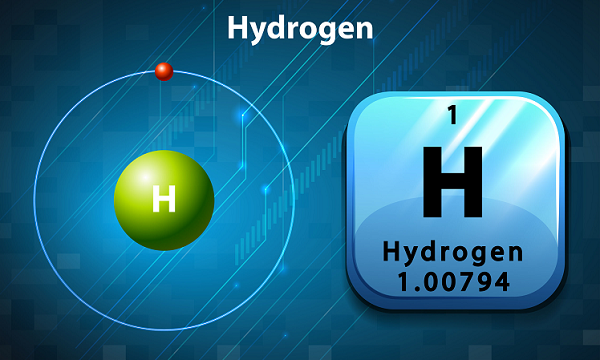Anomalous Properties of the First Elements of Group I and Group II
The first elements in group I and group II of the periodic table greatly vary in their properties and characteristics from the other members of their groups. In this article, the anomalous properties of hydrogen and beryllium will be discussed.
Anomalous Properties of Hydrogen
Hydrogen is gas while all other members In the I group of periodic-table are metals. Hydrogen greatly varies from the alkali metals as it makes the cations more reluctantly than the other members in the same group. The ionization energy of hydrogen is 1312KJ/mol while the highest ionization energy of the metal in this group is 520 KJ/mol that is of lithium. Hydrogen is non-metal and it makes the hydride anions so, due to this reason sometimes it also placed above halogens in the periodic table. Like halogens, it also forms the dihydrogen.

Hydrogen gas is much reactive but alkali metals are even more reactive than the hydrogen. There is only one shell in the hydrogen atom while alkali metals have two or more shells. The oxide of hydrogen is neutral but the oxides of alkali metals are basic in nature. Hydrogen can make covalent bonds with methane and water but alkali metals are capable to do so. Hydrogen can be reduced to make anion in compounds like sodium hydride (NaH). While alkali metals cannot do so. Thus, hydrogen is an anomaly
Anomalous Properties of Beryllium
Beryllium is the constituent of group II in the periodic table and is the first member of the alkaline earth metals. It shows an anomalous behavior as it is different from the other members of its family. The main reason for the difference is that it has exceptionally small atomic and the ionic size and the ionization enthalpy for beryllium is high. In its valance shell, it does not have the d-orbital.

There are some properties due to which it differs from the other members of its group. It is harder than other elements of alkaline earth metals. The melting and boiling points of beryllium are high than other members of group II. It does not react with water not even at the high temperature but the other metals react with water. Except for beryllium, all other alkaline earth metals form the ionic bonds while it forms the covalent bonds. So, due to the covalent character, the salts of beryllium are hydrolyzed easily.
Hydroxides and oxides of other alkaline earth metals are basic while the oxides and hydroxides of the beryllium are amphoteric. Carbides of other members are ionic while the carbides of beryllium are covalent. Carbides of alkaline earth metals react with water and produce acetylene gas whereas beryllium carbide on reaction with water produces the methane gas. No coordination number is exhibited by the beryllium as there are only four orbitals in its valance shell and one of them is s and the other one is p. While a coordination number of six is shown by the other elements of this group.